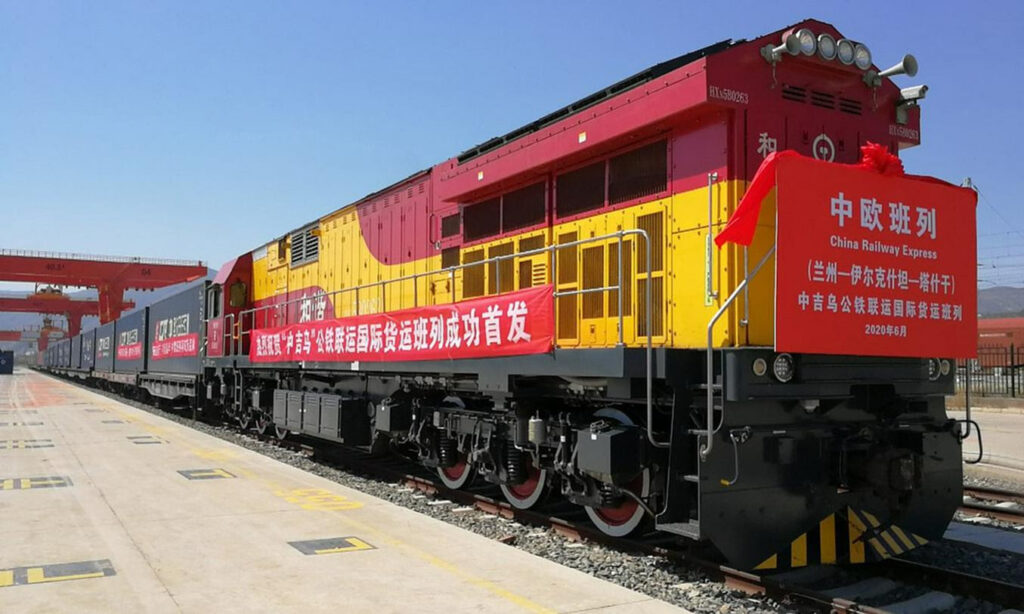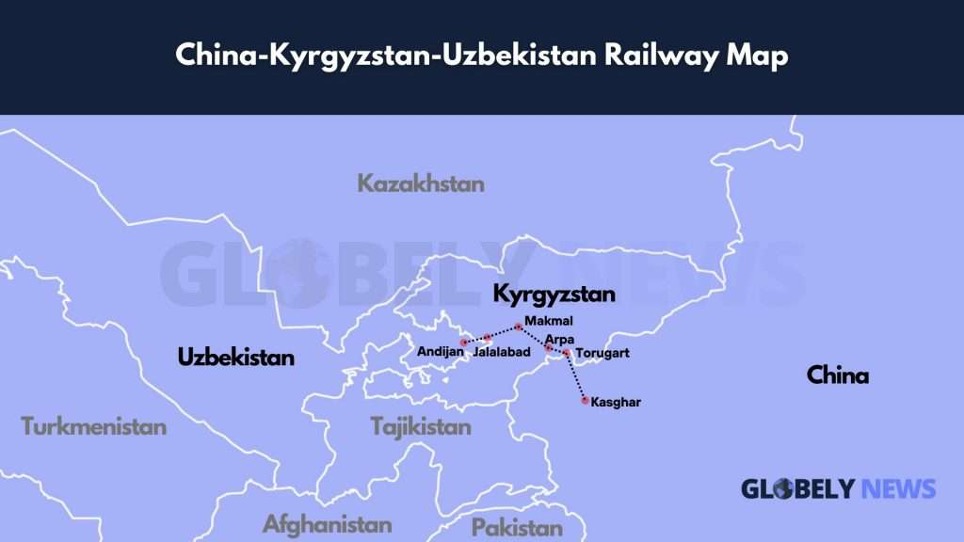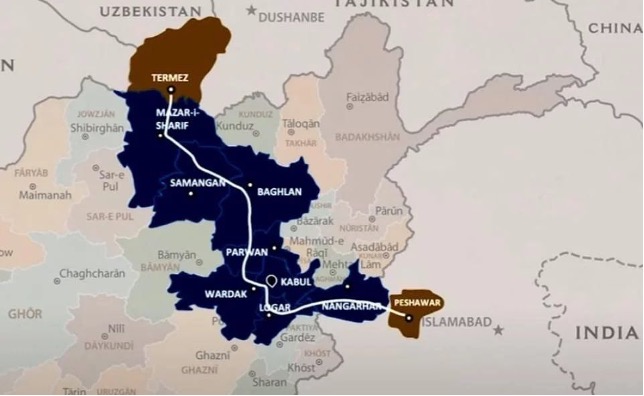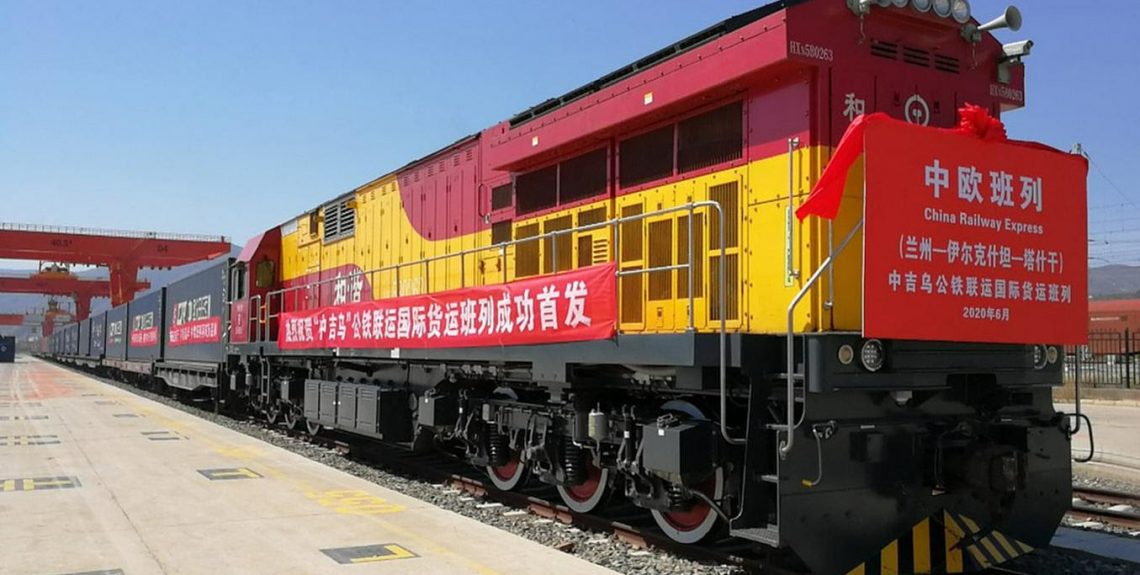
The project to realise a joint railway linking China, Kyrgyzstan and Uzbekistan (CKU) has been recently revived following the virtual meeting involving the three heads of state: on the 6th of June, the Chinese leader Xi Jinping, Uzbek President Shavkat Mirziyoyev and Kyrgyz President Sadyr Japarov signed an agreement to establish “a solid legal basis for the construction of the project.” and to settle on “the basic principles and mechanisms of cooperation,” including “financing, construction, operation and maintenance of the railway” (China, Kyrgyzstan, Uzbekistan railway project gets off the ground, Eurasianet, June 7, 2024). After nearly 30 years of discussions and delays, the parties seem to agree on the realisation of the CKU’s “missing link”, namely the Kyrgyz section of the railway, which will start in the western Chinese city of Kashgar to the Uzbek city of Andijan in the Ferghana Valley, passing through Torugart, Makmal and Jalalabad.

In terms of connectivity, the CKU’s implementation will be a strategic cornerstone of the regional railway architecture, as an infrastructural section of a wider east-west connectivity project which includes and combines both the Belt and Road Initiative (BRI) – promoted by China – and the Middle Corridor. CKU will enable to realize a diversification within the BRI, as an alternative and shorter route compared to the existent Khorgos-Aktau railway corridor (an east-west corridor that entirely crosses Kazakhstan, from the Sino-Kazakh border to the Caspian Sea), so becoming the first railway route avoiding the transit in Kazakhstan and Russia to deliver goods through a westward route.
Uzbekistan will play the role of key geographic hub for the regional interconnectivity projects: after linking the future Kyrgyz railway section with the existent Pap-Angren railway corridor (a domestic link from the Ferghana Valley to Tashkent region financed and realized by Beijing 8 years ago), CKU would be connected to the Trans-Afghan corridor (Termez-Mazar I Sharif-Kabul-Peshawar) reaching the Pakistani ports of Karachi and Gwadar granting the access to the Arabian Sea, or it could cross Turkmenistan until to the Caspian Sea, Azerbaijan and Turkey, opening a parallel and additional route compared to the existent Sino-Kazakh railway.




























